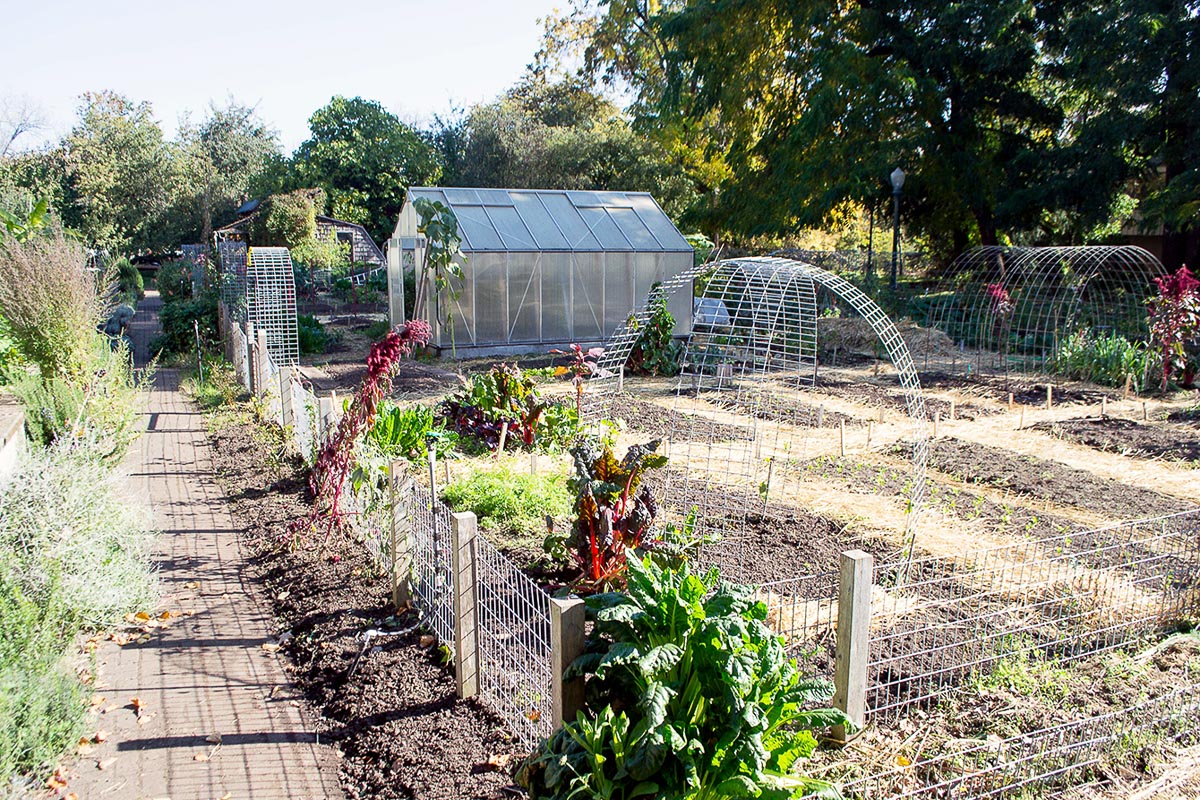Not known Details About City Blooming
Not known Details About City Blooming
Blog Article
See This Report on City Blooming
Table of ContentsThe Greatest Guide To City BloomingCity Blooming for DummiesThe 10-Minute Rule for City BloomingOur City Blooming PDFsThe Facts About City Blooming Revealed
Fascinated in expanding food for sale in the City of Chicago? Below is a checklist of often asked questions regarding the regulations and policies that farmers must think about when planning a city farming job.
The zoning amendment does not modify any other codes handling composting, structure permits, acquiring or renting City had residential or commercial property, company licenses or ecological contamination. There are existing codes that manage these issues and they continue to be in complete impact and might apply to your task. Community gardens are usually owned or taken care of by public entities, public organizations or community-based organizations and preserved by volunteers.
Urban farms expand food that is meant to be sold, either on a not-for-profit or for-profit basis. Due to their industrial function, city ranches require a service certificate.
City Blooming Things To Know Before You Buy
Composting is enabled however only for plant product that is produced and made use of on site. The quantity of garden compost product can not exceed 25 cubic yards at any type of offered time according to the requirements in 7-28-715 of the City's Municipal Code. Yes. Since the soil at many brand-new garden sites needs changing, garden compost, soil, wood chips, or various other materials can be gotten to build or improve the growing space - sustainability.

If a structure authorization is required then the hoophouse will be considered an accessory building. You can figure out more about the structure authorization needs by speaking to the Division of Structures. The 25,000-square-foot dimension limit is intended to prevent a single neighborhood yard from controling a given block or detracting from the block's existing domestic or commercial character.
The limitation does not apply to gardens found in Public Open Room (POS) areas. Can there be more than one neighborhood garden that is 25,000 square feet on a single block? Fence is not needed, nevertheless, gardens that have big car park areas may be needed to set up fencing or various other landscape design functions.
The Basic Principles Of City Blooming
B1 & B2 districts require that all industrial use activities be performed inside your home. R areas limit business activity. The laws reflect the function and intent of the Zoning Code. Is fence needed for city ranches? Yes. Fencings might be required, together with landscape design and screening, for specific car park locations and exterior work or storage locations relying on place and the specific task taking area.
Yes. Urban farms call for building authorizations and zoning approvals prior to building. Other kinds of city testimonial might be needed depending on specific frameworks, tasks, dimension, landscaping, licensing, public health and stormwater monitoring problems. Much of these needs are determined in the project layout or allowing process, however, the candidate might be accountable to independently determine particular licenses or permits that might be required.
The Division of Service Affairs and Consumer Protection can aid establish the details kind of organization certificate that's needed. Off road auto parking is required for a lot of business jobs in Chicago. The needed number of parking areas is based on the number of staff members working on website and not the square video footage of the growing space.
The Main Principles Of City Blooming

An urban farm can offer garden compost material generated on site, nevertheless, the procedure needs to comply with the policies in 7-28-715 of the Chicago Municipal Code. Aquaponic systems are enabled inside on city ranches in several zoning districts.
As much as 5 hives or swarms of honey bees may be maintained as an accessory use. However, beekeepers have to sign up with the Illinois Department of Agriculture. For more details about the proposed zoning change you may contact the Department of Real Estate and Economic Development, Bureau of Preparation and Zoning at 312.744.8563.
, which takes area in country areas at the edge of suburbs.
Examine This Report on City Blooming
It can involve a motion of Check Out Your URL organic growers, "foodies" and "locavores", that seek to create socials media started on a shared principles of nature and community holism. These networks can create by means of formal institutional assistance, becoming incorporated into neighborhood town as a "shift town" motion for lasting urban development.
The extra straight access to fresh veggie, fruit, and meat items that might be become aware via urban agriculture can boost food safety and security and food security while lowering food miles, bring about lower greenhouse gas emissions, thereby adding to climate adjustment mitigation. Some of the first evidence of urban agriculture originates from Mesopotamia.
Report this page